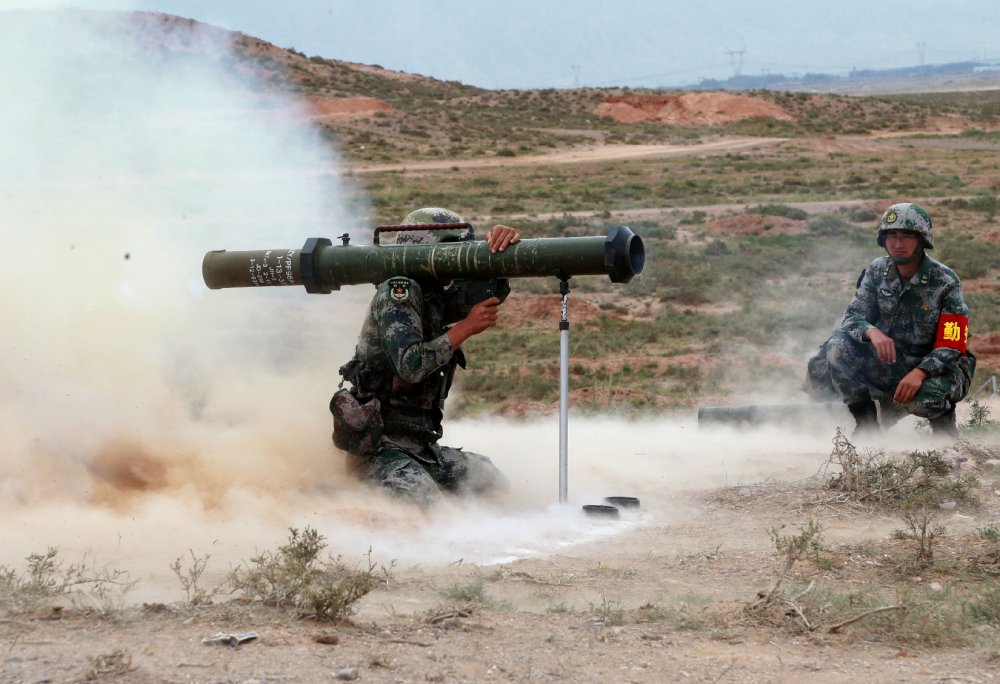by Mark Episkopos
First published in 1995, China’s biannual White Paper has long been regarded as one of the foremost sources of Chinese strategic messaging. What does its 2019 edition, “China’s National Defence in the New Era,” tell us about the PRC’s security orientation?
Popular news coverage has focused on the report’s repeated insistence that Chinese “national sovereignty” is irreconcilable with Taiwanese independence, and rightly so; the White Paper reaffirmed that China “makes no promise to renounce the use of force”, and reserves “the option of taking all necessary measures” to reunify with the wayward island off its east coast. So as to preempt any ambiguity, the report confirms that these “necessary measures” include a military solution: “the PLA (People’s Liberation Army) will resolutely defeat anyone attempting to separate Taiwan from China and safeguard national unity at all costs.
A great swathe of the report is devoted to similar kinds of political signalling vis-à-vis the US and China’s Asia-Pacific competitors, but interspersed throughout the White Paper is a trove of valuable information concerning China’s defense priorities.
Michael Phelps breaks the record set in 1964 by Larisa Latynina for the most medals won at the Olympics.
On his third voyage to the Western Hemisphere, Christopher Columbus becomes the first European to discover the island of Trinidad.
Despite colossal advancements in military hardware modernization over the past several decades, the report concludes that there is much more work to be done and more investments to be made if the PLA is to meet all of its ambitious modernization targets by 2035: “... the People’s Liberation Army (PLA) has yet to complete the task of mechanization, and is in urgent need of improving its informationization. China’s military security is confronted by risks from technology surprise and growing technological generation gap. Greater efforts have to be invested in military modernization to meet national security demands. The PLA still lags far behind the world’s leading militaries.” China’s upcoming type 15 tank, type 052D destroyer, J-20fighter, and DF-26 ballistic missile were cited as some of the hardware pillars of the standardized, interoperable force that the PLA seeks to evolve towards.
Briefings on the PLA’s hardware modernization progress have long been a mainstay of China’s White Papers; however, the PLA’s newfound emphasis on rethinking not just equipment, but “military policies and institutions,” marks a departure from recent iterations. Chapter four, “Reform in China’s National Defense and Armed Forces,” outlines a series of changes in military training regimen, the restructuring of the PLA’s army groups from 18 to 13, and consolidated military education program. In a clear confirmation of the PLA’s aggressive reorientation toward Air-Sea conflict preparedness, the PLA ground forces were hit by a personnel reduction of 300,000, accompanied by slight personnel increases for the PLA Navy and Rocket Force.
Other changes include an increasingly meritocratic officer promotion system, as well as new military policing and justice measures aimed at “uprooting peacetime ills” and weeding out corruption within the upper echelons of the PLA. The latter is being supplemented by what the White Paper advertises as a drastically reformed command structure, notably condensing the seven former military regions into five Theater Commands.
Finally, the Chinese military has taken a major step in streamlining and consolidating its cyber, space, and electronic warfare operations with the establishment of a People's Liberation Army Strategic Support Force (PLASSF) that reports directly to the Central Military Commission (CMC).
As China continues to “narrow the gap between its military and the world’s leading militaries,” the 2019 White Paper is the clearest statement yet of Beijing’s struggle to establish sound military institutions to keep pace with the PLA’s rapid technical modernization.
Mark Episkopos is a frequent contributor to The National Interest and serves as research assistant at the Center for the National Interest. Mark is also a PhD student in History at American University.

